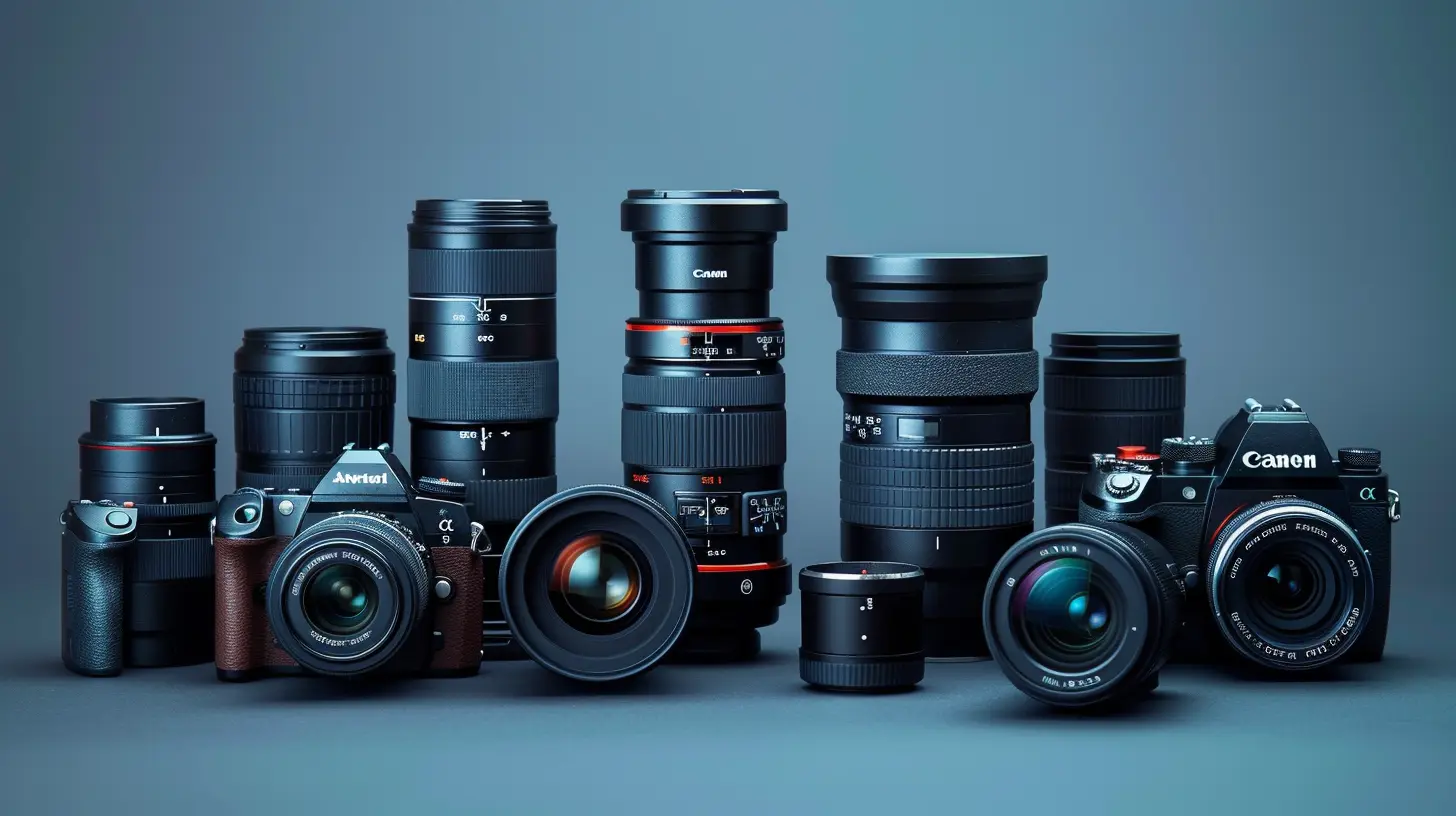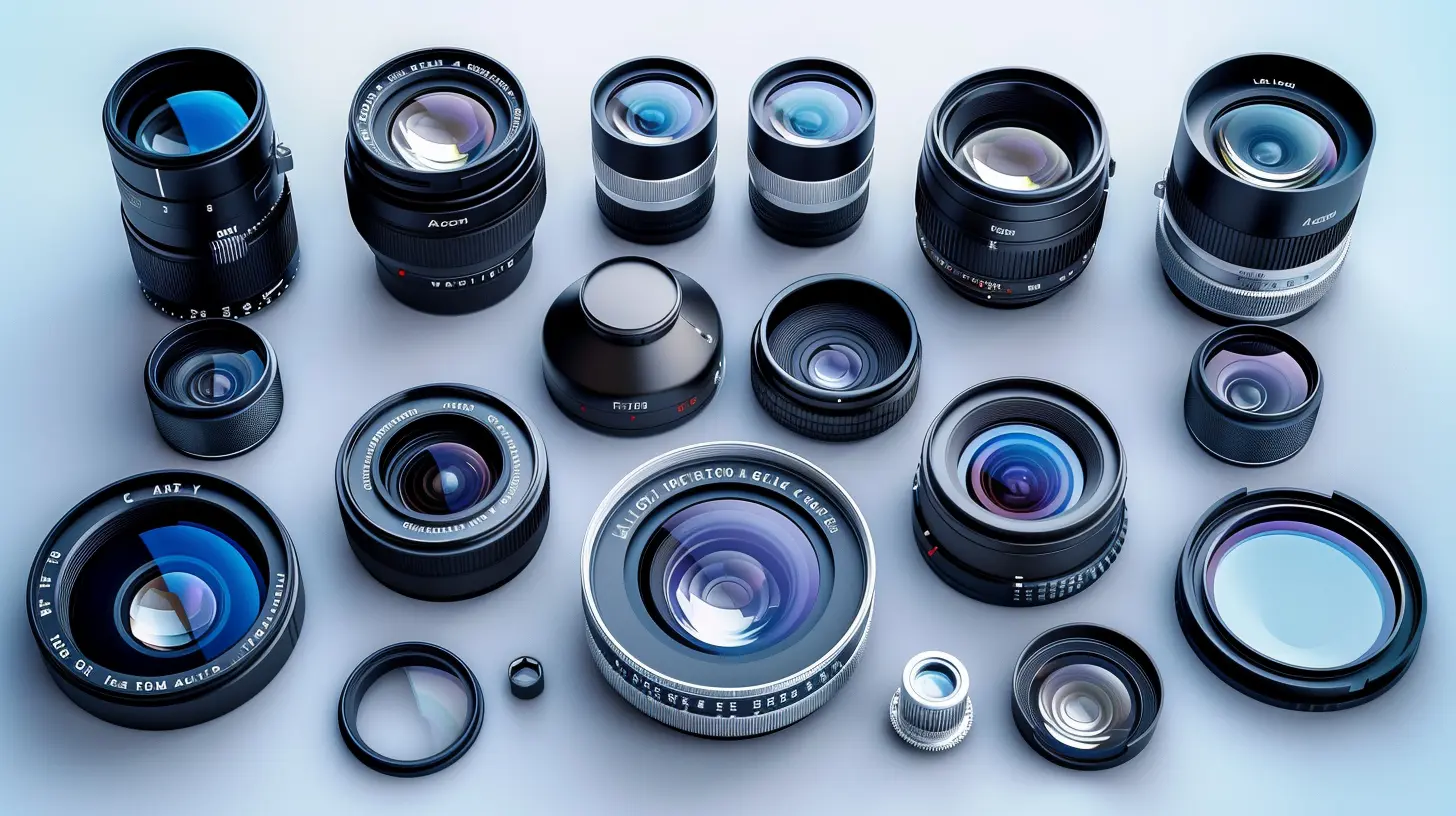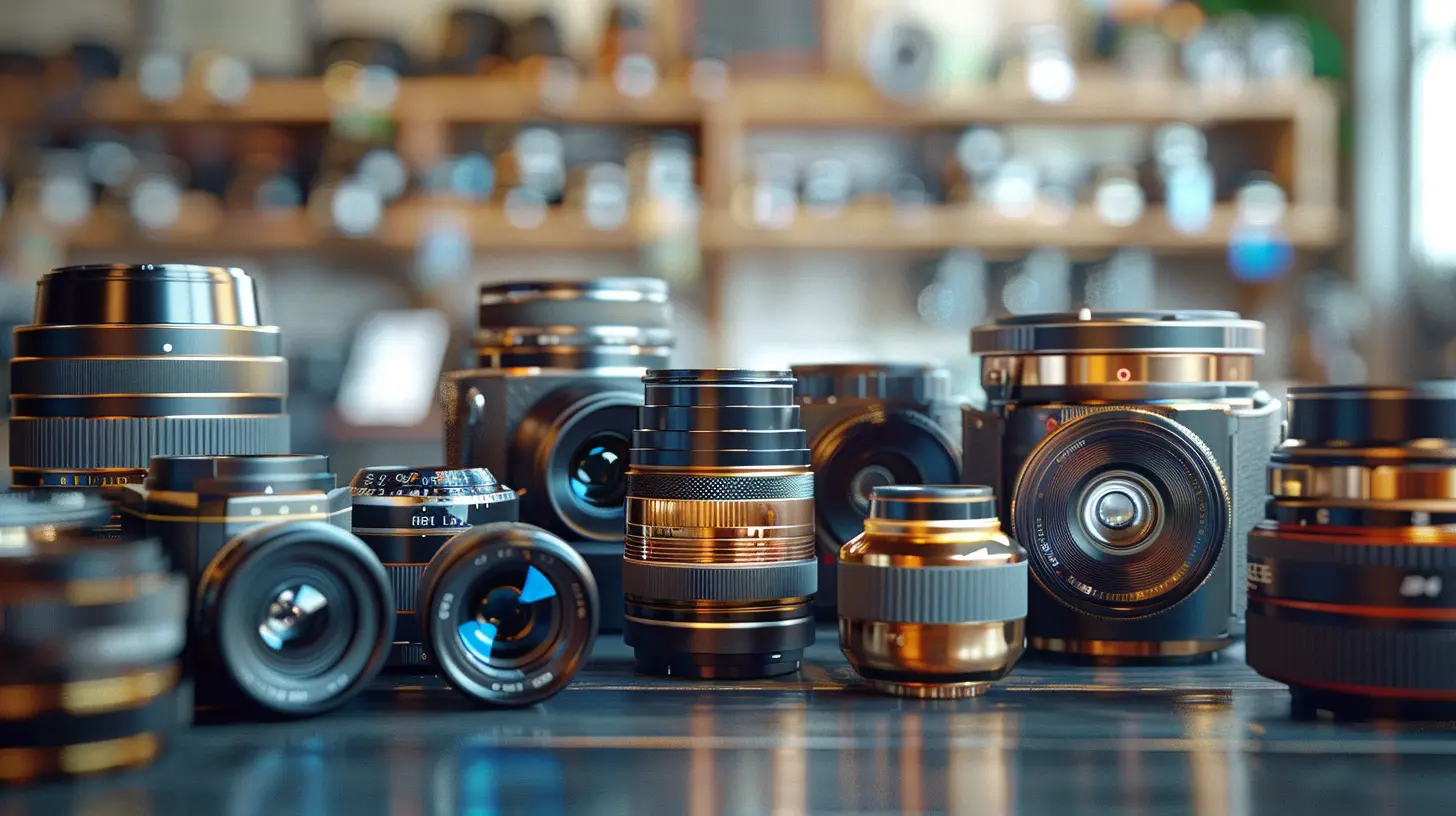The Evolution of Camera Lenses: From Classic Glass to Modern Tech
11 August 2025
Cameras have been capturing moments for centuries, but let’s be real—without lenses, they’d be nothing more than fancy boxes of light. The magic truly happens in the lens, shaping how we see the world and preserve memories.
Over the years, camera lenses have transformed dramatically, evolving from simple glass elements to cutting-edge technology packed with features. Whether you’re a photography enthusiast or just someone who loves snapping pics on your phone, the story of how camera lenses have evolved is fascinating.
Let’s take a deep dive into the evolution of camera lenses and how innovation has changed the way we capture the world. 
The Birth of Camera Lenses: Simple Yet Revolutionary
Back in the day, photography wasn’t as easy as pulling out your phone and taking a quick selfie. Cameras were bulky, and lenses were primitive. The earliest lenses were simple convex glass elements, allowing light to focus and create an image on a surface.The First Camera Lenses: A Look Back
The first known camera lenses appeared in the early 19th century, with pioneers like Joseph Nicéphore Niépce and Louis Daguerre leading the charge. These lenses were relatively basic—just a single piece of curved glass designed to focus light.The biggest challenge? These early lenses had long exposure times. Imagine standing still for several minutes just to get a single portrait! Not exactly ideal for candid shots.
Enter the Petzval Lens: A Game-Changer
In the 1840s, Joseph Petzval introduced a lens that drastically cut down exposure times. The Petzval lens had a wider aperture and better light-gathering capabilities. Suddenly, photography became much more practical, especially for portraits.With this innovation, the idea of "capturing the moment" became more of a reality rather than just a concept. 
The Rise of Optical Advancements: Glass Meets Precision
As photography gained popularity, lens technology had to keep up. The late 19th and early 20th centuries saw a boom in optical advancements. Companies like Zeiss and Leitz (the minds behind Leica) emerged, setting new standards for lens manufacturing.Coated Glass and Better Optics
One of the major breakthroughs came in the form of anti-reflective coatings. Before this, light would scatter inside the lens, reducing image clarity. But with lens coatings—pioneered by Carl Zeiss—images became sharper, colors more vibrant, and ghosting significantly reduced.Another big improvement? Multi-element lens design. Instead of relying on a single piece of glass, lenses now had multiple elements working together to correct distortions and aberrations.
Zoom Lenses: The Convenience Revolution
For a long time, photographers had to switch between different fixed focal length lenses, which was a hassle. Then came the zoom lens—a game-changer.Introduced in the 1930s and refined over the decades, zoom lenses allowed photographers to adjust focal lengths without swapping lenses. Suddenly, versatility became the name of the game.
Imagine being on vacation and needing to zoom in on a distant landmark without carrying multiple lenses. Zoom lenses made that a reality. 
The Digital Age: Autofocus and Precision Engineering
The late 20th century brought digital photography, and lenses had to adapt. Autofocus became one of the biggest innovations, making photography faster and more efficient.AF (Autofocus) Takes Over
Gone were the days of meticulously adjusting focus manually. With autofocus, cameras could lock onto subjects instantly, making photography more accessible for beginners and professionals alike.Brands like Canon and Nikon developed advanced autofocus systems, using motors and sensors to calculate the perfect focus point within milliseconds.
Image Stabilization: Tackling Shaky Hands
Another significant development? Image stabilization (IS). Let’s be honest—we’re not all gifted with steady hands. Thankfully, camera manufacturers introduced optical image stabilization, which helped reduce motion blur caused by shaky hands or movement.This innovation proved to be a lifesaver, especially for low-light photography and video recording. 
The Rise of Mirrorless and Computational Optics
Fast forward to today, and we’re witnessing yet another revolution: mirrorless cameras and computational photography. These advancements are reshaping the way we think about camera lenses.Mirrorless Cameras: Lenses Get Smaller and Smarter
Traditional DSLR cameras rely on mirrors to reflect light into an optical viewfinder. Mirrorless cameras, on the other hand, ditch the mirror entirely, making them more compact and lightweight.What does this mean for lenses? Manufacturers had to redesign lenses to match the new mirrorless format, resulting in smaller, yet more advanced optics.
Brands like Sony, Fujifilm, and Canon have been pushing boundaries with compact, high-quality mirrorless lenses.
Computational Photography: Software Meets Optics
Smartphones have completely changed the photography landscape. Instead of relying purely on physical lens elements, modern smartphone cameras use computational photography to enhance images.Think about portrait mode on your iPhone—it blurs the background, mimicking the depth effect of professional cameras. This isn’t just optics at play; it’s software working behind the scenes to create the effect.
With AI-driven enhancements, even a tiny smartphone lens can produce results that rival traditional cameras.
What’s Next? The Future of Camera Lenses
As technology continues to evolve, so will camera lenses. Here are a few exciting developments we're likely to see in the future:Liquid Lenses: The Next Frontier
Imagine a lens that changes shape and focus instantly—kind of like how our eyes work. Liquid lenses, already being tested in some applications, could revolutionize photography by offering ultra-fast autofocus and adaptability.AI-Powered Lenses
Artificial intelligence is already enhancing smartphone photography, but what if AI played a direct role in traditional camera lenses? We might see lenses that automatically adjust settings, correct distortions, and even enhance clarity in real time.Ultra-Lightweight and Flexible Lenses
Researchers are working on nanotechnology-based optics that could make lenses thinner, lighter, and even flexible. This could lead to wearable lenses, built-in AR glasses, and other mind-blowing innovations.Final Thoughts: A World Seen Through Ever-Evolving Optics
Looking back, it's incredible to see how far camera lenses have come. From the humble beginnings of simple glass elements to today’s AI-powered optics, innovation has continuously reshaped how we capture the world.For photographers, this evolution means better tools to express creativity. For the everyday smartphone user, it means effortlessly capturing stunning images with just a tap.
Regardless of where technology takes us next, one thing is for sure—camera lenses will continue to evolve, helping us see, remember, and cherish the world in ways we never imagined.
all images in this post were generated using AI tools
Category:
Camera GearAuthor:

Pierre McCord
Discussion
rate this article
1 comments
Juliana Watson
This article effectively outlines the transformative journey of camera lenses, highlighting key advancements from traditional glass optics to cutting-edge technologies. It emphasizes how these innovations have enhanced image quality and versatility, reflecting the ongoing evolution in photography and visual storytelling.
August 24, 2025 at 3:22 AM

Pierre McCord
Thank you for your insightful comment! I'm glad you found the article's exploration of camera lens advancements and their impact on photography engaging.


